For centuries, philosophers and scientists have wrestled with a deceptively simple question: is the red you see the same red that I see? Colour seems obvious and immediate, woven into the fabric of daily life. Yet, it is not a property of objects themselves but a construct of the brain. Neuroscientist Beau Lotto has argued that colour does not exist in any objective sense. Apples are not intrinsically red, nor is the sky inherently blue. What exists is light—measurable, quantifiable—and what we call colour emerges only when the brain interprets light’s wavelengths.
This realisation complicates the question of shared perception. If colour is manufactured by the mind, how can we ever be certain that two individuals experience it in the same way? For decades, the prevailing belief was that such a question could not be answered. But recent research suggests that the brain may in fact give us clues and now even machines can begin to decode them.
A fundamentally new discovery
A team of neuroscientists at the University of Tübingen in Germany has uncovered striking evidence that human brains encode colour in similar ways. Writing in the Journal of Neuroscience, Andreas Bartels and Michael Bannert reported that when people viewed colours, their brains lit up in remarkably consistent patterns. This was not a matter of vague resemblance: even at very low levels of processing, neural activity was aligned across individuals, Katie Kavanagh wrote in Nature.
Bartels described this as a fundamentally new discovery. It suggested that when one person looks at something red, their brain represents it in a way that closely matches how another person’s brain represents red. While this does not conclusively prove that subjective experiences of colour are identical, it strongly implies that there is less variation than once thought.
Mapping the brain’s colour code
The study used functional magnetic resonance imaging (fMRI) to scan the brains of 15 participants as they looked at different colours. Each hue generated distinct patterns of activity in the visual cortex and these could be mapped to form what amounted to a neural “fingerprint” for colour. Importantly, the maps showed that subtly different regions within the same cortical area handled different hues and that certain brain cells had biases toward particular colours.
These consistencies were surprising even to experts. Colour-vision scientist Jenny Bosten noted that the finding of cell biases did not easily fit with existing theories of colour processing. Still, she argued that if the results withstand further testing, they could change how neuroscientists understand the brain’s approach to colour.
Impact Shorts
More ShortsMachines that can see through the brain
What makes the discovery even more striking is how it enables machines to “read” colours from brain activity. Bartels and Bannert trained a machine-learning tool, a linear classifier on the fMRI data from some participants. They then used it to predict which colours were being seen by others, based solely on their brain activity. In most cases, the predictions were accurate.
This meant that a model could look at the neural signals of a person and infer what colour they were viewing—even without having trained on that individual’s data. In other words, the shared structure of colour representation across brains is robust enough that one person’s brain can act as a template for another’s.
A collective map of colour
The implications of this are profound. For one, it suggests that the human brain has a collective way of organising colour, a shared neural language that transcends individual histories. Bannert noted that these commonalities seem tied to how the brain represents visual space, offering a possible explanation for why certain colours evoke similar responses across populations, Kavanagh wrote.
This research dovetails with Lotto’s earlier experiments on perception, which showed that people often form predictable patterns when asked to group colours or match them with emotions. For example, most adults linked yellow with happiness, blue with sadness and red with anger, BBC said. Such tendencies suggest that even subjective associations between colour and meaning are far from random.
Illusion of individuality
Despite this, colour perception remains a deeply personal experience. Optical illusions highlight how easily the brain can be tricked into reinterpreting the same light as different colours, depending on context or history. Lotto’s work demonstrated that after staring at red and green squares, participants saw altered hues in desert scenes, even though the physical colours had not changed.
Such illusions remind us that colour is not in the light itself but in the mind. And because each mind draws upon a unique history of experiences, no two perceptions can be entirely identical. This tension between universality and individuality lies at the heart of the age-old question.
Evolution’s painter’s palette
Part of the answer may lie in evolution. Colour has shaped survival and reproduction for millions of years. Flowers developed their colours not for humans but to attract insects and animals evolved colourful patterns to hide, warn, or seduce. In humans, colour has influenced culture, fashion and design, and even the way we structure time. Studies suggest that red light can make a minute feel longer than blue light, hinting at deep links between colour and arousal.
This evolutionary significance may explain why the brain encodes colour so consistently. If seeing red as red were crucial for recognising ripe fruit or spotting danger, then a shared neural code would confer clear survival advantages. Over time, natural selection may have reinforced these common pathways leaving us with brains that largely “agree” on what they are seeing.
Machines, minds and meaning
The new study also raises questions about the role of machines in probing human perception. If algorithms can reliably predict what colour someone is looking at by training on the brains of others, then neuroscience may be entering a new era where machines act as translators of subjective experience.
Yet caution is warranted. As Bartels himself admitted, this does not mean that two people’s inner experiences of red are identical—it only means that their brains process red in similar ways. The subjective “qualia” of colour, the raw feel of redness, remains beyond the reach of scanners and classifiers. Philosophers may continue to debate whether such experiences can ever be fully shared.
Seeing through others’ eyes
Still, the discovery changes the terms of the debate. For centuries, the question of whether we see colours the same way seemed unanswerable, consigned to the realm of speculation. Now, evidence suggests that our brains may be far more aligned than expected and that with the help of machines, we can begin to map that alignment.
As Lotto noted, none of us sees the world as it is. What we see is shaped by context, history and biology. But if the new findings are correct, then at least part of what we see is deeply shared. The red of a rose, the blue of the sea—these may not just be private experiences but reflections of a collective human code.
A shared spectrum
The findings from Tübingen offer a fresh perspective on an ancient question. They suggest that while colour is undeniably constructed by the brain, the construction follows common patterns across individuals. Machines can now use these patterns to predict what others see, opening new avenues for both neuroscience and philosophy.
The question “why do you see what I see?” may never have a perfectly precise answer, but the evidence increasingly suggests that we do see more alike than different. Our brains, shaped by evolution and tuned to survival, appear to have painted us into the same corner of the spectrum. The illusion of individuality remains, but underneath it lies a shared palette.


)
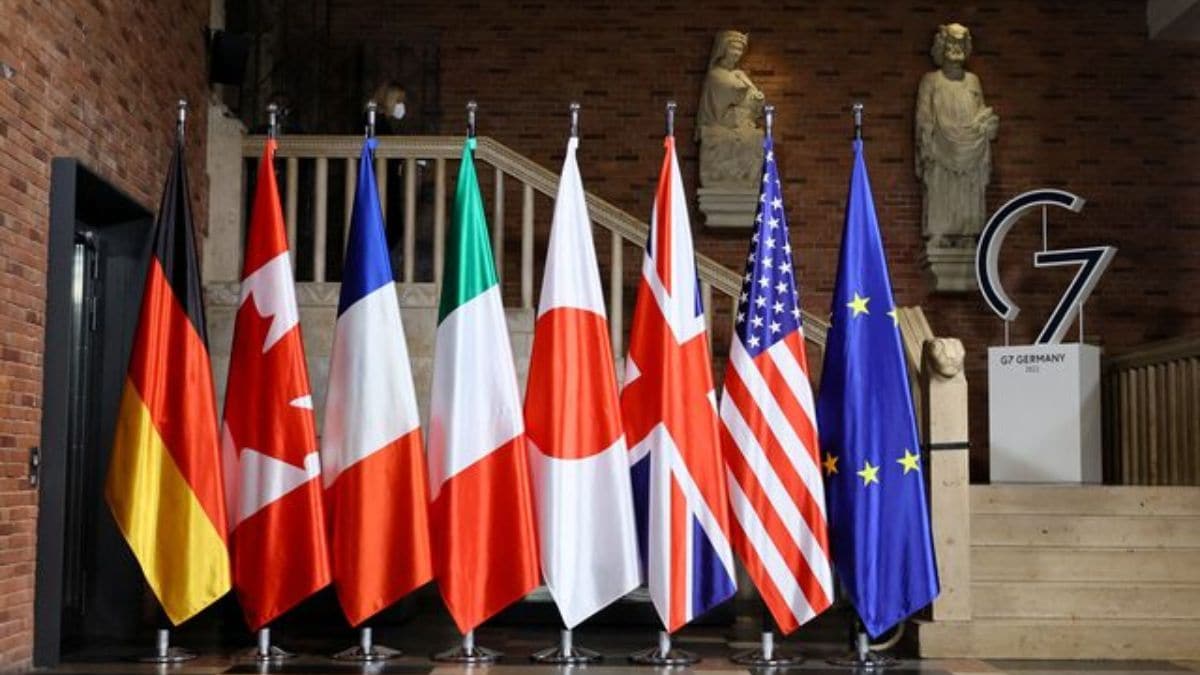
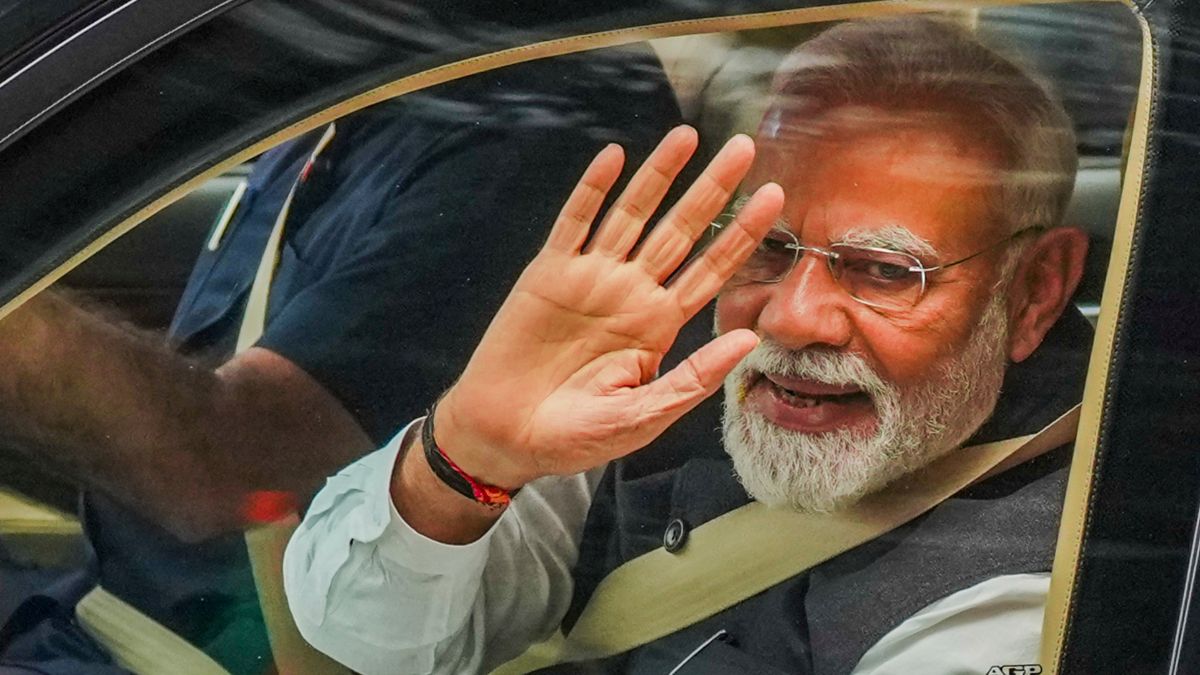)
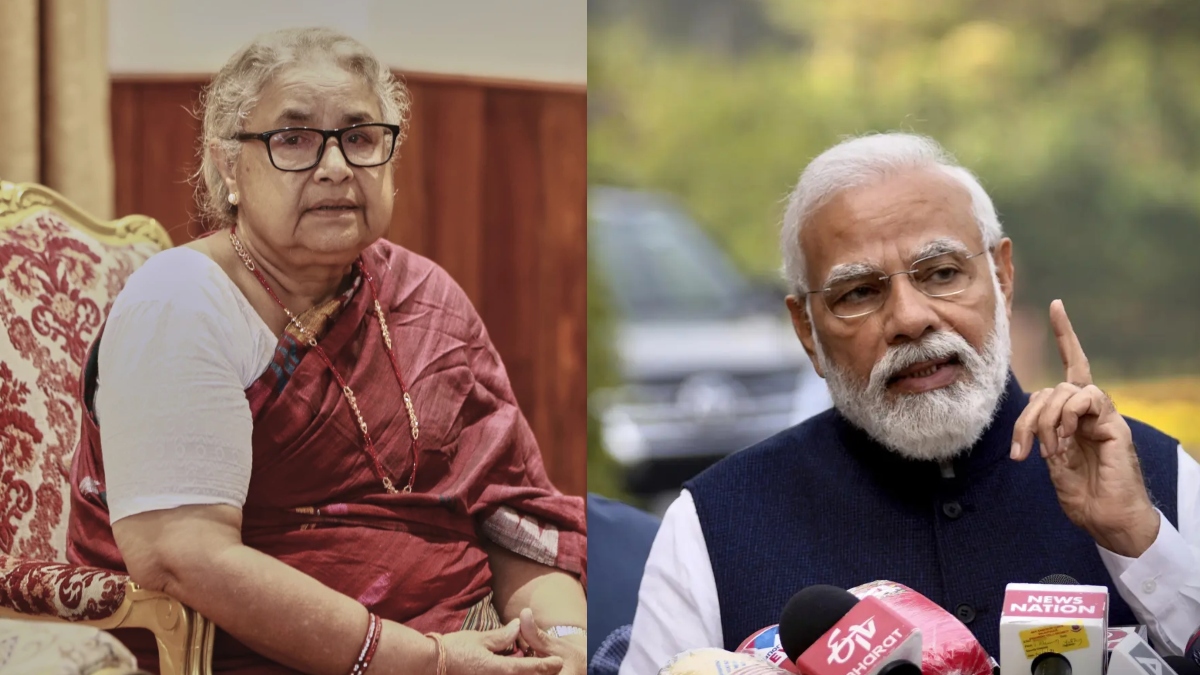)
)
)
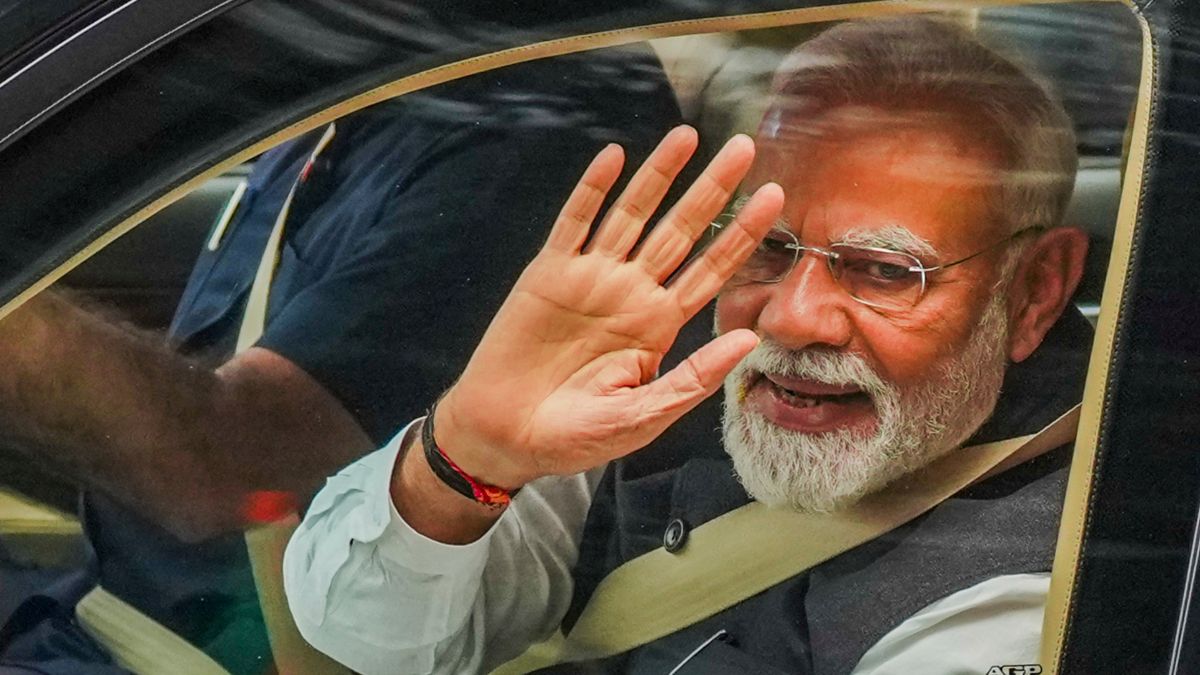)
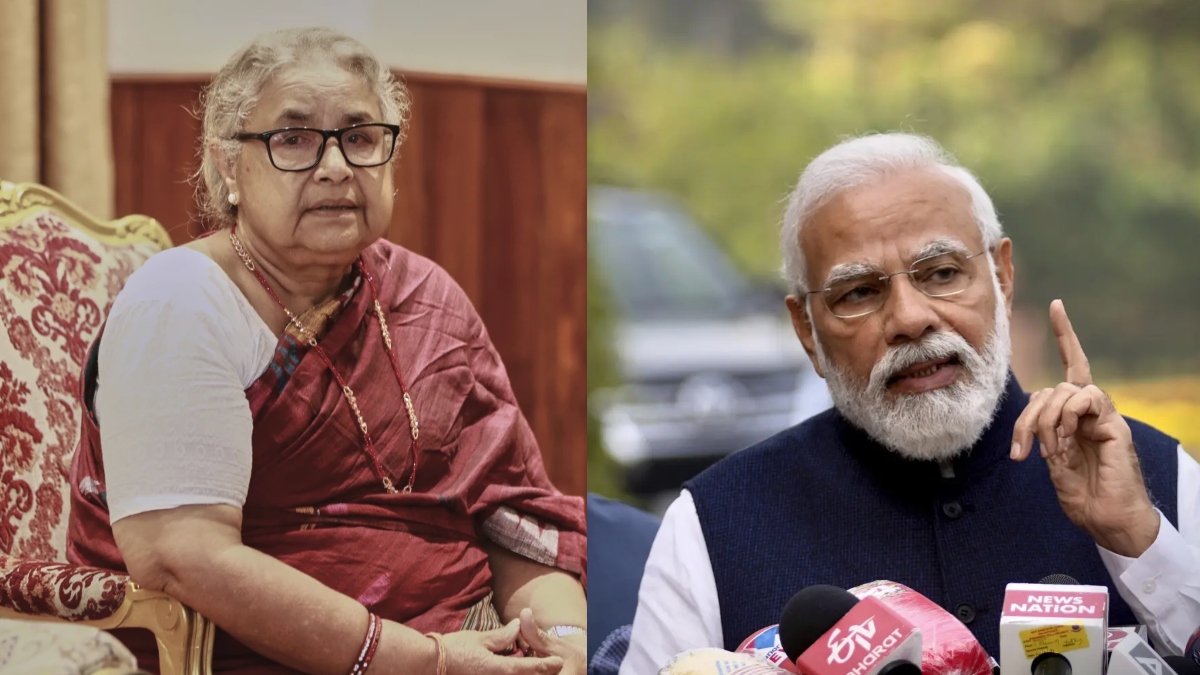)
)
)



